 "Roberto G." (roberto-g)
"Roberto G." (roberto-g)
02/09/2014 at 10:53 • Filed to: 2014 CORVETTE
 5
5
 25
25
 "Roberto G." (roberto-g)
"Roberto G." (roberto-g)
02/09/2014 at 10:53 • Filed to: 2014 CORVETTE |  5 5
|  25 25 |
...But Was Afraid To Ask:
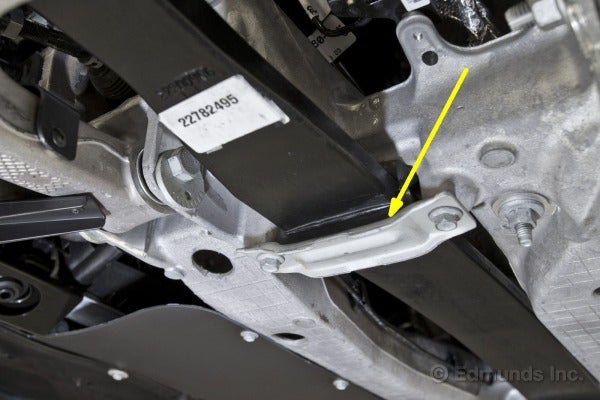
I suggest you read !!!error: Indecipherable SUB-paragraph formatting!!!
 The Transporter
> Roberto G.
The Transporter
> Roberto G.
02/09/2014 at 11:03 |
|
HERP TRUCK SUSPENSION DERP LOLOL!!!!!111!!!1!!1!
I love TGUK, but sometimes I want to slap Clarkson...
...and then shake his hand for punching Piers Morgan in the face.
 Takuro Spirit
> Roberto G.
Takuro Spirit
> Roberto G.
02/09/2014 at 11:26 |
|
As a former tech, this bothers me. WHERE'S THE OTHER LIFT ARM??
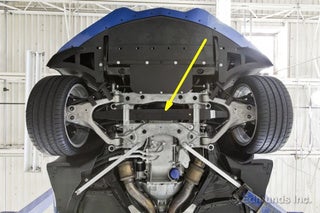
Edit: Oh, there it is. What a goofy way to raise a brand new car....
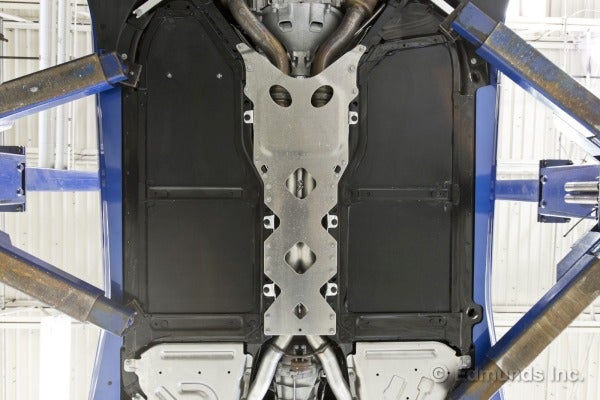
 Sinanigans
> Roberto G.
Sinanigans
> Roberto G.
02/09/2014 at 11:31 |
|
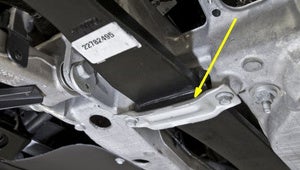
You see this right here is an arrow. And its pointing to a thing...
 Roberto G.
> Takuro Spirit
Roberto G.
> Takuro Spirit
02/09/2014 at 11:43 |
|
I totally agree with you! I don't understand why they didn't use the two other jack points.... this is why I always check where they put the rubber blocks when they need to lift my car, since I happen to have two plastic side skirts, that look like they're metal.
 Roberto G.
> Sinanigans
Roberto G.
> Sinanigans
02/09/2014 at 11:44 |
|
Read the article. It explains everything.
 KnifeKnut
> Roberto G.
KnifeKnut
> Roberto G.
02/09/2014 at 12:00 |
|

!!! UNKNOWN CONTENT TYPE !!!
I don't think leaf spring is the right word for this anymore. This is so far evolved beyond that the word just does not fit. Bar spring perhaps? Spring axle?
 JACU - I've got bonifides.
> Sinanigans
JACU - I've got bonifides.
> Sinanigans
02/09/2014 at 12:05 |
|
Must be an option for bracket racing.
 Arch Duke Maxyenko, Shit Talk Extraordinaire
> Roberto G.
Arch Duke Maxyenko, Shit Talk Extraordinaire
> Roberto G.
02/09/2014 at 12:08 |
|
That is really the best layout for the car.
 Sinanigans
> KnifeKnut
Sinanigans
> KnifeKnut
02/09/2014 at 12:12 |
|
+1 for spring axle
 Demon-Xanth knows how to operate a street.
> KnifeKnut
Demon-Xanth knows how to operate a street.
> KnifeKnut
02/09/2014 at 12:13 |
|
Transverse leaf spring describes exactly what it is. There are many types of springs, coil, torsion, and leaf are a few commonly used in suspensions and they're not all used in the same way. The VW Beetle's torsion springs are used very differently than the 4WD Dodge Dakota's. Just like a Toyota Camry's coil springs are considerably different from the McLaren F1's. They're still the same spring types, just very very different suspensions. And people who say "it has leaf springs!" are just flat flinging crap because they can quote Jeremy.
Some Model T's had both transverse leaves AND coils in the front:
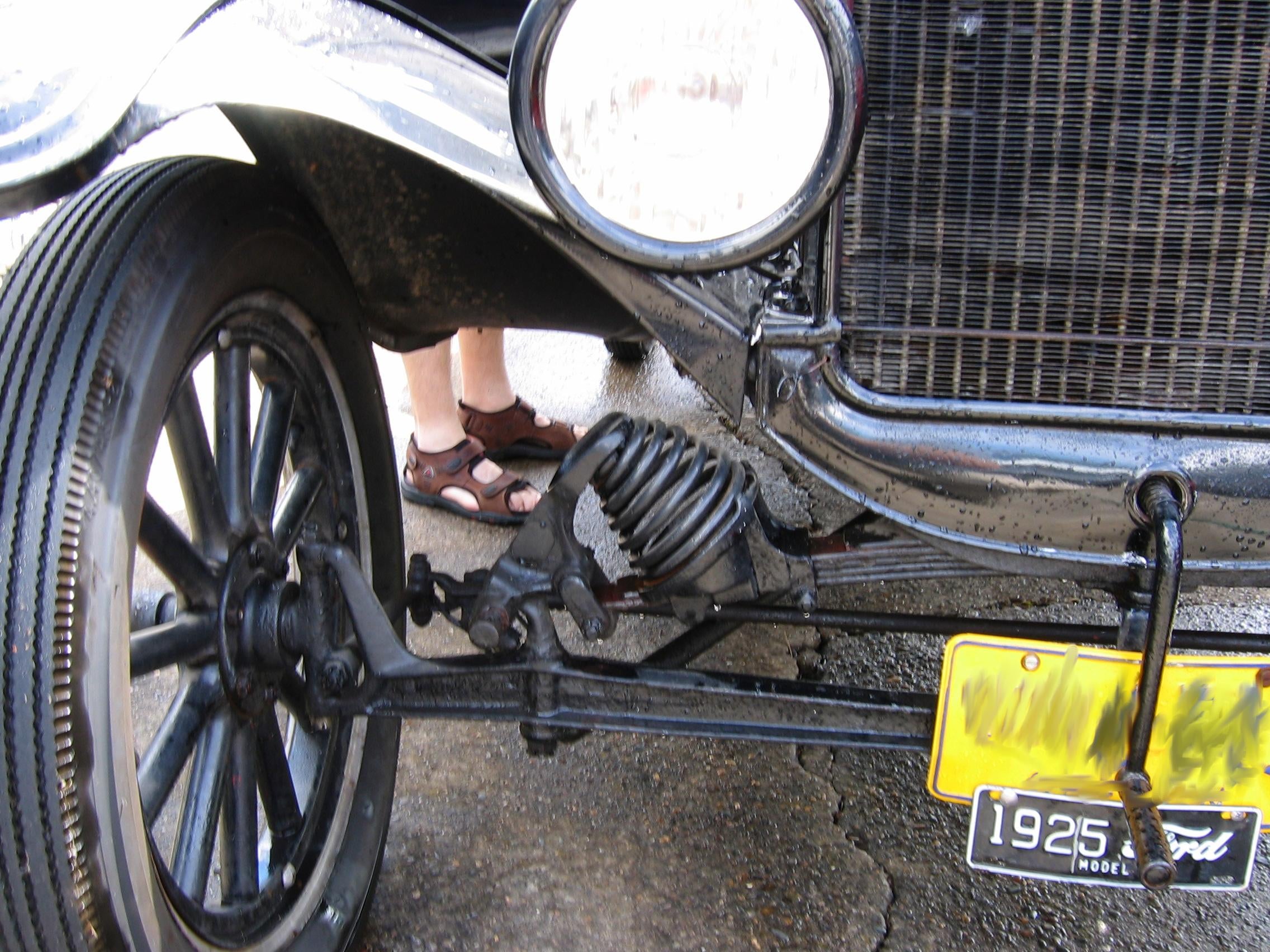
 BiTurbo228 - Dr Frankenstein of Spitfires
> KnifeKnut
BiTurbo228 - Dr Frankenstein of Spitfires
> KnifeKnut
02/09/2014 at 12:17 |
|
It's one of the things that's cool about the corvette. They've taken a couple of archaic and outmoded technologies (pushrods, leaf springs) and developed them to the extent of more modern technologies.
They're no longer inferior to the more modern designs, and have slightly different strengths and weaknesses.
Very cool.
 Jeff-God-of-Biscuits
> Takuro Spirit
Jeff-God-of-Biscuits
> Takuro Spirit
02/09/2014 at 12:18 |
|
Too funny... this is from the article...
"And yes, I see the lift arms, too. The borrowed lift came with borrowed lift operators, and the guy on the left apparently didn't agree with the guy on the right."
 AthomSfere
> Demon-Xanth knows how to operate a street.
AthomSfere
> Demon-Xanth knows how to operate a street.
02/09/2014 at 12:32 |
|
Wait, lets not fling crap at Jeremy Clarkson for being right, or those who agree with him!
Leaf springs are archaic, and unfitting of a world class supercar, That is not what the Corvette is though. The Corvette is an everyman's everyday Sportscar, that just happens to give you 80% of the performance of a supercar at 30% of the price.
So I think Jeremy Clarkson is right but I also think he is looking at the Corvette wrong. If Chevy made all the minute adjustments to the Corvette that would completely modernize the car, the Corvette would cost at base probably more than a Viper.
So I think Chevy deserves kudos for turning out a world class (and then some) sports car at an affordable price. The performance they have squeezed out of leaf springs is phenomenal, and to ignore that is to ignore the very spirit of the Corvette.
 Axial
> BiTurbo228 - Dr Frankenstein of Spitfires
Axial
> BiTurbo228 - Dr Frankenstein of Spitfires
02/09/2014 at 12:42 |
|
Sorry to pick on you, but this line of thinking bothers me. Neither of those items is archaic or outmoded. The leaf spring in the Corvette is a fully modern composite material, and the tech has been looked at by other companies including Porsche and Volkswagen because the packaging is much more space-efficient than more traditional MacPherson and coil-over setups. The OHV layout of an engine is younger than the OHC layout, and again provides a more space-efficient package while also weighing less and still returning modern performance and fuel economy.
Moving on to outmoded, for something to be outmoded it has to be obsolete and there has to be a better way of achieving the same goals as whatever it is we're calling outmoded (or the goals have to become irrelevant). At the present, there isn't such a thing for either the transverse leaf springs or the OHV V8, mostly because the alternatives are larger or heavier.
 BiTurbo228 - Dr Frankenstein of Spitfires
> Axial
BiTurbo228 - Dr Frankenstein of Spitfires
> Axial
02/09/2014 at 12:56 |
|
That's the point. If you say 'leaf spring' or 'overhead valves' the first thing people think of is 'oh, that must be a car from the '60s then'.
The Corvette has proved that these technologies have a place in modern cars, and achieve things that other, more common layouts cannot.
Most car companies have moved on from leaf springs and overhead valves and overhead cams with 4-valves have better flow characteristics and coil springs offer better ride quality. The goals you speak of have shifted towards these technologies in recent years, which explains their popularity.
They do have their drawbacks though, as you've pointed out, and who knows. Everyone could move towards OHVs again as packaging becomes ever more important.
 All Motor Is Best Motor
> BiTurbo228 - Dr Frankenstein of Spitfires
All Motor Is Best Motor
> BiTurbo228 - Dr Frankenstein of Spitfires
02/09/2014 at 13:10 |
|
Never mind the fact that the pushrod engine was invented after cam engines were.
 KnifeKnut
> Demon-Xanth knows how to operate a street.
KnifeKnut
> Demon-Xanth knows how to operate a street.
02/09/2014 at 13:17 |
|
Transverse leaf spring describes exactly what it is.
Except that transverse leaf springs as we know them have multiple layers, while this only has a single member.
 tromoly
> AthomSfere
tromoly
> AthomSfere
02/09/2014 at 13:20 |
|
Leaf springs in this application are no different than coils. What gives leaves a bad name is when they're used in a solid axle application where the spring locates the axle, if overloaded the axle can move all over and break things. In this configuration the A-arms locate the spindle throughout its motion, so all the spring does is act as a spring. And in actuality, this is better because it allows for better packaging for the upper A-arm due to not having to take a coil spring, only the damper has to be worried about.
TL;DR version: This isn't a '70s muscle car, the leaf spring acts just like a coil and is just fine.
 Demon-Xanth knows how to operate a street.
> KnifeKnut
Demon-Xanth knows how to operate a street.
> KnifeKnut
02/09/2014 at 13:21 |
|
Monoleaf suspensions are far from new.
My Corvair has a '64's rear suspension with both coils and a single leaf as well.
 Axial
> BiTurbo228 - Dr Frankenstein of Spitfires
Axial
> BiTurbo228 - Dr Frankenstein of Spitfires
02/09/2014 at 13:23 |
|
I don't think the goals have moved. If they had moved, then Corvette wouldn't be where it is using items that supposedly aren't suited to those new goals. When an automobile using "old" technology is stacked up against [vastly more expensive] vehicles using "newer" technology and routinely comes out very close and even on top sometimes, I have wonder.
That being said, I don't think the OHV is going to come back, not with electric technologies getting better every day. Packaging is becoming more important as keeping vehicle weight down becomes more important, but there are better ways to accomplish this using smaller displacement engines mated to hybrid drive trains. The BMW i8 is, I think, a fantastic example of where the future is going. All those powerful DOHC engines being toted as more modern than the OHV alternative? They will likely perish right along with their OHV alternatives at about the same time. Marvel at the Ferrari F12 Berlinetta with its monster 6.3L V12, the C6 Z06 with its unholy 7.0L V8, and the Viper with its ghastly 8.4L V10; they could be the last of their kind.
 BiTurbo228 - Dr Frankenstein of Spitfires
> All Motor Is Best Motor
BiTurbo228 - Dr Frankenstein of Spitfires
> All Motor Is Best Motor
02/09/2014 at 13:57 |
|
Yeah, got that, but they were far more common in the cars of 30-40 years ago, and were largely superseded by the better-flowing but bulkier OHC engines. Hence the (untrue) association with them being archaic on a modern car.
 BiTurbo228 - Dr Frankenstein of Spitfires
> Axial
BiTurbo228 - Dr Frankenstein of Spitfires
> Axial
02/09/2014 at 14:37 |
|
The goals have moved for most cars, as evidenced by the near-wholesale switch to OHC engines. Even if that's just because OHV engines were deemed old-hat by the buying public for no real reason whatsoever. That's likely the reason behind the switch from a live axle to IRS in the Mustang. The live axle had comparable positives and negatives to IRS, and was proven to be just as capable on a track, but for some reason it's more respectable if it's got IRS.
I do agree with the idea that the days are numbered for honking great engines. The latest crop of hyper-cars is an excellent example. The 918 and the P1 use comparatively dinky engines, turbocharged to the hilt and attached to powerful electric drive systems. I could definitely see that becoming mainstream at some point in the future.
The eventuality I'd like to see is a big shift towards nuclear power (or an alternative renewable resource, if one is discovered), and a workable technology to synthesize petrol. That'd be preferable for oil companies who don't have to change their distribution infrastructure, preferable to car makers who don't have to invest billions in reinventing the car, preferable to consumers who don't have to change their routine and preferable for the environment as theoretically it's carbon-neutral.
Not to mention preferable to me as I can keep running my hopelessly archaic '70s petrol-engined cars :)
 EL_ULY
> KnifeKnut
EL_ULY
> KnifeKnut
02/09/2014 at 14:57 |
|
According to Volvo parts, on the 960 and S90 it's just a spring
Also on The Triumph Spitfire, just says spring
 Axial
> BiTurbo228 - Dr Frankenstein of Spitfires
Axial
> BiTurbo228 - Dr Frankenstein of Spitfires
02/09/2014 at 17:04 |
|
Pff, we can always convert our combustion-engined toys to run on some form of alcohol by the time the world has moved on to something better.
 BiTurbo228 - Dr Frankenstein of Spitfires
> Axial
BiTurbo228 - Dr Frankenstein of Spitfires
> Axial
02/09/2014 at 17:15 |
|
Prince Charles converted his DB6 to run on byproduct from his vineyard :)
I could have a car that smells like wine!